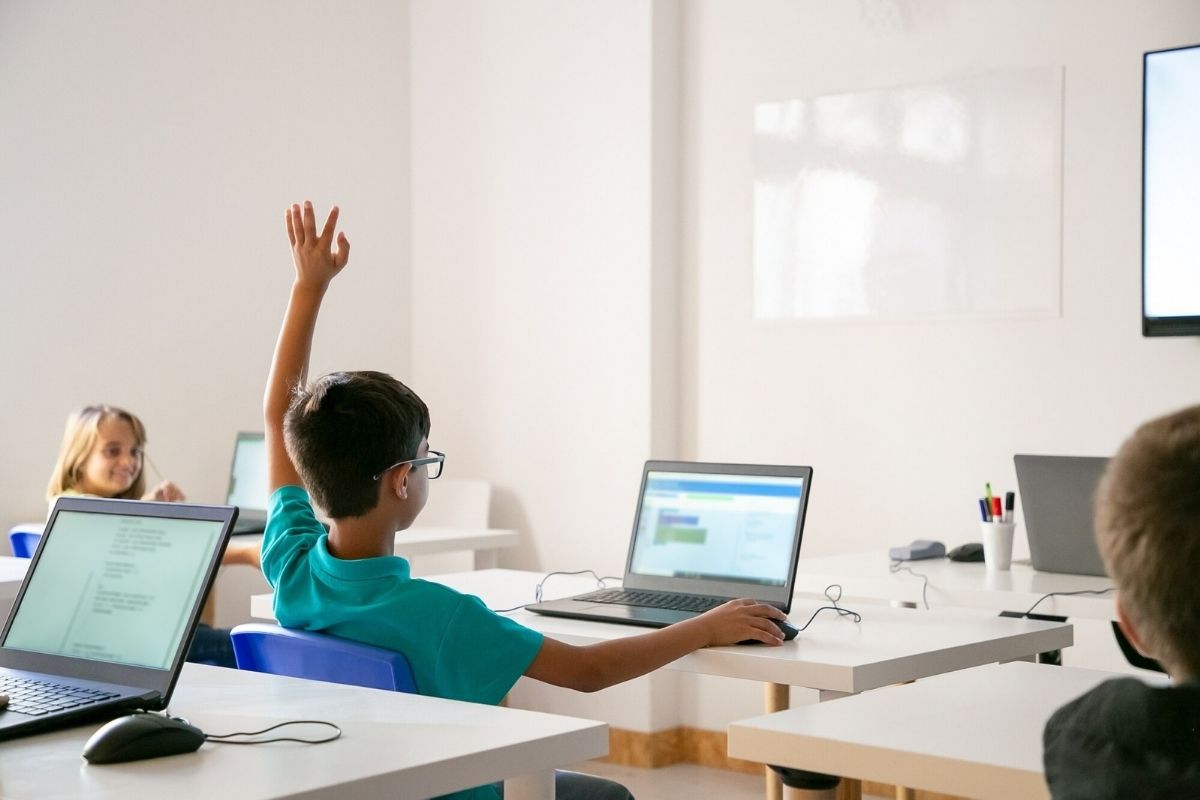
Why Emotional Literacy Should Be Part of Every Classroom
In today’s fast-paced world, academic success is not the only measure of a student’s potential. Emotional literacy, the ability to recognize, understand, express, and regulate emotions, is a crucial skill that influences a child’s social development, well-being, and academic performance. Despite its importance, emotional literacy is often overlooked in traditional educational systems. However, there is a growing movement to integrate it into every classroom, with the belief that it’s just as vital as conventional subjects like math, science, and literature.
Understanding Emotional Literacy: What Is It?
Emotional literacy encompasses a range of skills that allow children to connect with their emotions and the emotions of others. These skills include emotional awareness, empathy, impulse control, and the ability to communicate feelings effectively. Emotionally literate children can navigate complex social situations, manage stress, and engage in positive relationships, both inside and outside the classroom.
The Importance of Emotional Literacy in the Classroom
1. Improves Social Skills
Emotional literacy helps students understand their emotions and the emotions of those around them. This understanding fosters empathy, allowing children to interact positively with their peers. When students are emotionally aware, they are less likely to engage in bullying, conflicts, or misunderstandings. They can express themselves clearly and respond appropriately to the emotions of others, creating a supportive and collaborative classroom environment.
2. Enhances Academic Performance
Studies show that students with strong emotional literacy tend to excel academically. When emotionally equipped to handle challenges, they are less likely to become overwhelmed by stress or frustration. Emotional literacy teaches problem-solving and resilience, skills necessary to tackle academic hurdles. Students who can manage their emotions are better able to focus, engage in critical thinking, and stay motivated throughout their studies. Academic Excellence Requires Great Communication Skills, and emotional literacy plays a key role in fostering effective self-expression and collaboration.
3. Fosters Mental Well-Being
The importance of mental health is becoming more recognized in educational settings. Emotional literacy helps students develop self-awareness and emotional regulation, both of which are key in managing stress, anxiety, and other mental health challenges. By teaching children how to recognize and cope with their emotions, educators can provide students with tools to navigate life’s ups and downs, ultimately contributing to their overall well-being.
4. Prepares Students for Real-Life Challenges
In the real world, success depends not only on academic knowledge but also on the ability to navigate relationships, manage stress, and respond to various emotional situations. By incorporating emotional literacy into the curriculum, schools equip students with the tools they need to thrive in diverse environments. These skills are essential in the workplace, in personal relationships, and in dealing with everyday challenges.
5. Creates a Positive Classroom Environment
When emotional literacy is prioritized, the classroom becomes a space where students feel valued, heard, and understood. Teachers who model emotional awareness and regulation can create an atmosphere of trust and respect, which encourages open communication and collaboration. A positive classroom environment fosters community and belonging, making it easier for students to learn and grow.
How Can Emotional Literacy Be Integrated Into the Classroom?
1. Explicit Teaching of Emotions
Building powerful relationships with your students begins with helping them understand their emotions. Teachers can guide students in identifying and labeling their feelings by introducing them to a wide range of emotions. This can be achieved through engaging activities such as reading books that explore emotions, facilitating group discussions on different feelings, and using tools like emotion charts to help children recognize and express their emotions. By creating an environment where emotional understanding is prioritized, teachers can strengthen their connections with students, fostering trust and empathy.
2. Mindfulness Practices
Incorporating mindfulness techniques such as deep breathing, meditation, or simple relaxation exercises into daily routines can help students develop emotional regulation. These practices teach students to calm their minds, manage anxiety, and focus on the present moment.
3. Role-Playing and Social Scenarios
Role-playing activities can help students practice how to respond to emotional situations. By acting out scenarios where they experience emotions like frustration, excitement, or sadness, students learn how to manage their feelings in a controlled way and improve their conflict-resolution skills.
4. Creating a Safe Space for Expression
A classroom where emotional expression is encouraged helps students feel comfortable discussing their feelings. Teachers can create opportunities for open discussions, journaling, or creative outlets like drawing or music to help children process their emotions.
5. Modeling Emotional Literacy
Teachers play a crucial role in modeling emotional literacy. When educators demonstrate how to express emotions effectively and manage stress, they set a powerful example for their students. Teachers can openly discuss their feelings, show empathy, and provide constructive feedback in emotionally charged situations.
The Long-Term Benefits of Emotional Literacy
The impact of emotional literacy goes beyond the classroom. Students who develop strong emotional skills are more likely to experience long-term success in both personal and professional spheres. Emotional intelligence can lead to better career prospects, healthier relationships, and a more fulfilled life. By equipping students with emotional literacy, educators provide the foundation for a successful and meaningful future.
Building a Stronger Future Through Emotional Literacy
Emotional literacy is no longer a luxury but a vital component of a child’s education. At Harshad Valia International School, we integrate it into every classroom to prepare students for more than just academics. These skills build self-awareness, resilience, and empathy, empowering students to confidently navigate life’s challenges. It’s time to prioritize emotional literacy and equip students with the tools they need to succeed in school and beyond.
